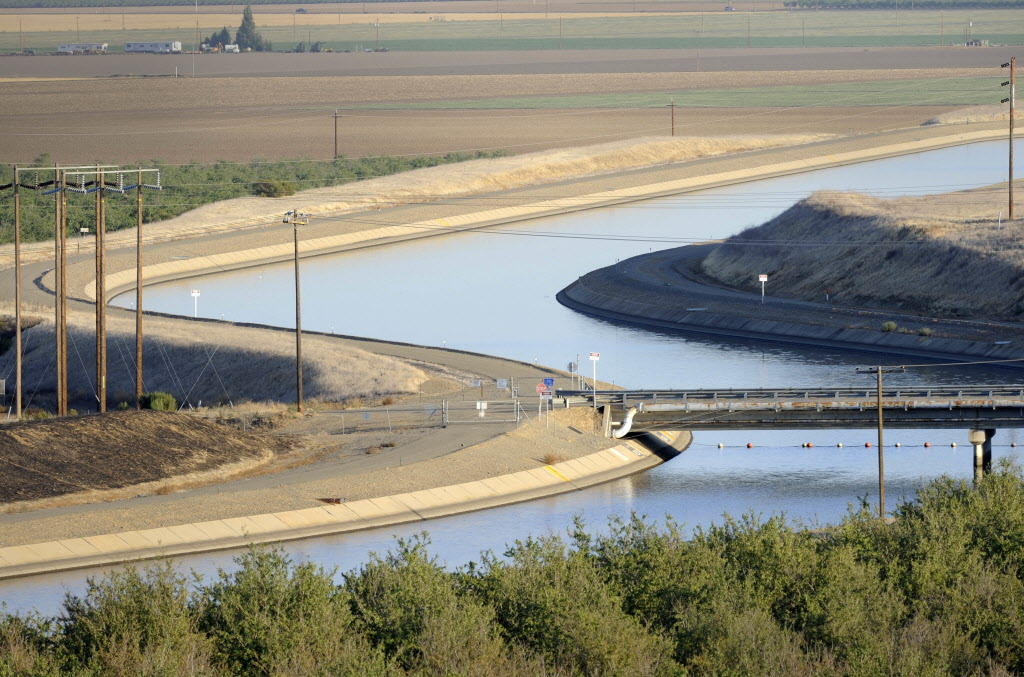
In the big downpours that have hit our state in December and January, most of us in Southern California got wet, and maybe had a few leaks in the attic exposed, and had to stomp through puddles in our yards.
And while there were the news photos of sinkholes, and of rockslides, and of homeless campers put into harm’s way along our normally dry riverbeds, relatively few of us had our lives endangered.
That’s in great part due to the massive flood-control infrastructure built through our cities and suburbs in the 90 years since actual floods in the 1930s did devastate, and kill, many Southern Californians when floods and mudslides swept through our growing region.
And to a little good luck.
There’s still work to do on both flood-control and water-capture planning and building down here, including on some renaturalizing of both hardscape and of concrete channels in order to keep rain water flowing into the underground aquifers in which much of our drinking and irrigation water is stored instead of letting it all head out to sea.
But the harder rains in California’s Central Valley and Sacramento Delta regions led to incredible flooding in low-lying residential and agricultural areas there, with many people’s homes and businesses taking on water that was both a hassle — at times a life-threatening one — and a financial burden.
With bigger rains and larger areas of flooding predicted for California’s future, now is the time to take action.
To their credit, and as an example of very good timing, state water experts have just released a new flood protection plan for the Central Valley.
“It says catastrophic flooding would threaten millions of Californians, putting many areas underwater and causing death and destruction on an unprecedented scale. The damage could total as much as $1 trillion,” Ian Curtis reports in the Los Angeles Times.
The proposed fixes cost a lot of money, too. But that bill is nowhere near as much as the potential for damages. The planning work is a five-year update by the California Department of Water Resources coming out of the Central Valley Flood Protection Act of 2008 that was originally adopted by the Central Valley Flood Protection Board in 2012, It’s the kind of investment in both flood control and usable water management that is worth it for California’s future.
“Approximately 1.3 million Californians live and work in the valley’s floodplains, which contain approximately $223 billion worth of structures and their contents,” the report notes “All of California and the nation could experience a devastating societal and financial impact from a major flood in the Central Valley.”
The big side-benefit to a focus on restoring natural floodplains is that this work will lead to replenishment of the groundwater beneath the huge crop-growing valley that provides so much of the fruits and vegetables Americans rely on. Many of those aquifers, even more than the ones beneath our residential areas in the south, have almost been sucked dry from decades of overuse.
“Having floodwaters spread out can be beneficial to groundwater supply, along with saving lives and infrastructure,” Dolan said. “The levees are going to fail at some point, will be overtopped when there’s intense storms. So we need to make more room,” Jane Dolan, told the Times. “The time to act is now.”
We’re talking about the most vital resource here — water. California needs to invest now for the sake of future generations.
